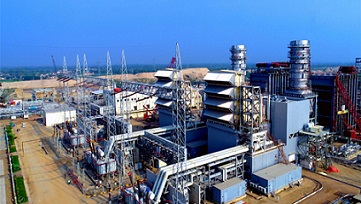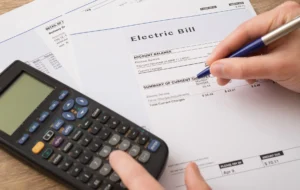Pakistan to privatize LNG power plants by March 2022

Pakistan to privatize LNG power plants by March 2022
ISLAMABAD Oct 15,2021
Pakistan has decided to privatize LNG power plants by March 2022. The Senate Standing Committee on Privatization was informed in its meeting that investors could not come to Pakistan to buy the plants due to Corona.
The privatization commission officials expressed hope that international investors would pay a hefty sum for power plants.
The Standing Committee has recommended early completion of privatization of 1200 MW LNG-based power plants at Balloki and Haveli Bahadur Shah.
The two projects are developed by the state-run National Power Parks Management Company.
Liquefied natural gas (LNG) is natural gas that has been cooled down to liquid form for ease and safety of non-pressurized storage or transport. It takes up about 1/600th the volume of natural gas in the gaseous state (at standard conditions for temperature and pressure).
New plan for monthly production & purchase for electricity
According to Global LNG Hub, Pakistan has an LNG import infrastructure with capability of handling thirteen vessels per month with load size ranging from 143,000 CBM to 165,000 CBM. If we assume 92% utilization of terminal capacity with almost 35 days for maintenance per year, Pakistan can import approximately twelve vessels per month.
There are two state owned buyers responsible for LNG procurement and two distribution companies with pipeline network of transferring 1.2 BCFD of RLNG/Natural Gas from Southern Pakistan to Northern Pakistan. Pakistan’s two LNG terminals have the storage capacity of approximately 140,000 tons of LNG and regasification capacity of 1.35 BCFD, out of which 1.2 BCFD is contracted to South Southern Gas Company (SSGC).
During the first eight months of 2018, total of 74 vessels arrived, 49 vessels at Engro Elengy Terminal Limited (ETPL) & 25 vessels at Pakistan Gas Port Limited (PGPL).
That translates into approximately six vessels per month for ETPL and three vessels for PGPL, with ETPL operating at 100% whereas PGPL operating at approximately 47% of design and 52% of contracted capacity.






